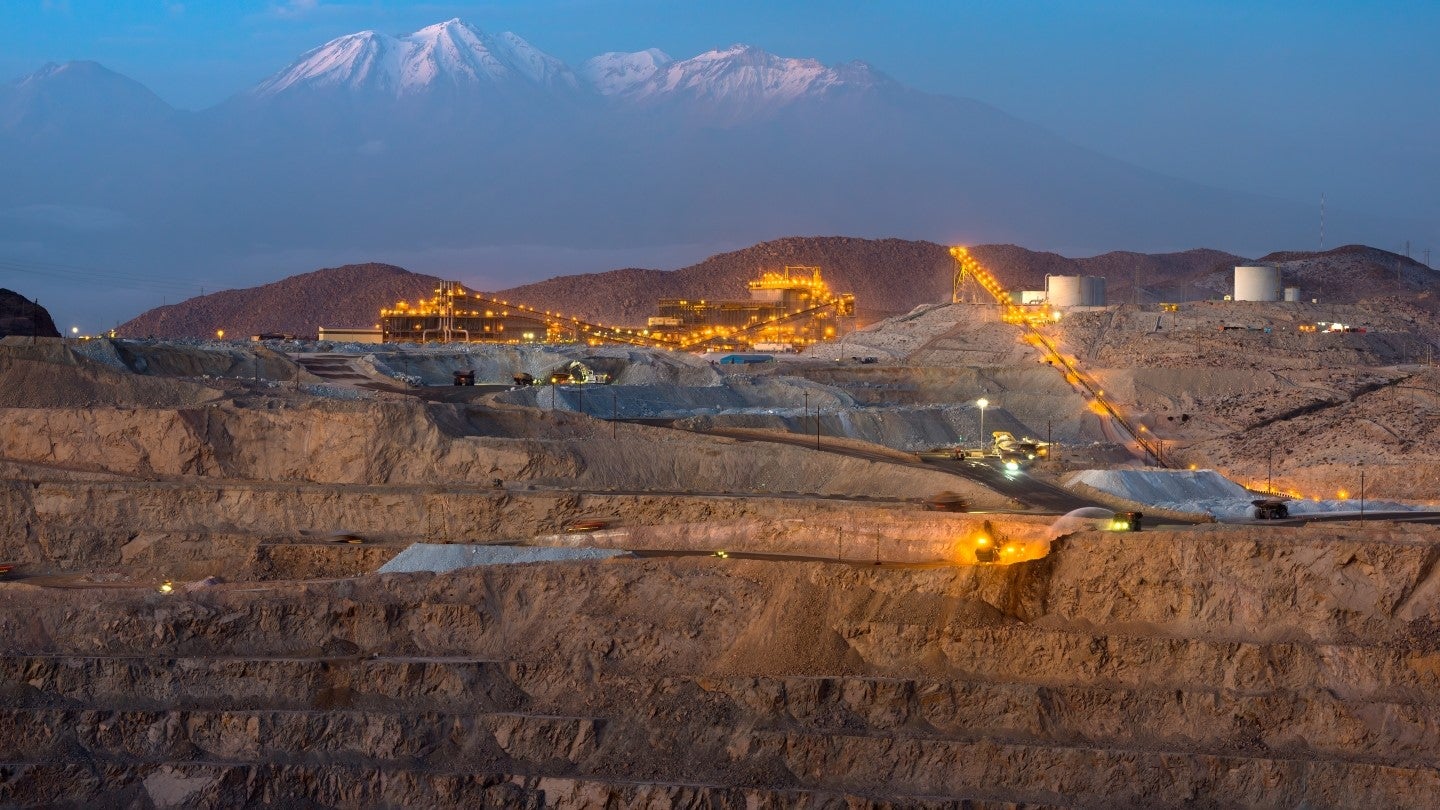The Federal Government has introduced the Digital Atlas of Australia, which combines a large set of data to provide a holistic view of the country.
The platform was developed by Geoscience Australia and unifies data from the Australian Bureau of Statistics that details water systems, soil analysis, bushfires, social infrastructure and demographic information.
The Digital Atlas also provides comprehensive information on topics such as income support, demographic breakdown, employment figures and environmental changes.
The information is expected to help the Federal Government better understand and respond to priority issues.
A key benefit of the Digital Atlas is it allows for the removal of geographic boundaries usually prescribed by current methods of government data collection. It does this by curating and connecting datasets that already exist and providing them in one digital resource.
The combined data within the Digital Atlas is then used to create interactive maps and tools that allows users such as planners and researchers to explore, analyse and visualise data by location, enabling better decision-making.
“The Digital Atlas of Australia offers a treasure trove of information, all in one place,” Federal Resources Minister Madeleine King said.
“The Digital Atlas can help identify opportunities for industries such as mining and agriculture by combining analysis of soil and geology, water bodies, and land use data.
“Using data from across government agencies, the Digital Atlas gives government comprehensive data to better understand and to respond to issues.”
The 2024–25 Federal Budget invested $566.1 million in supporting Geoscience Australia map the country’s critical minerals, strategic materials, groundwater and other resources essential for the net-zero transition.
Subscribe to Australian Mining and receive the latest news on product announcements, industry developments, commodities and more.




